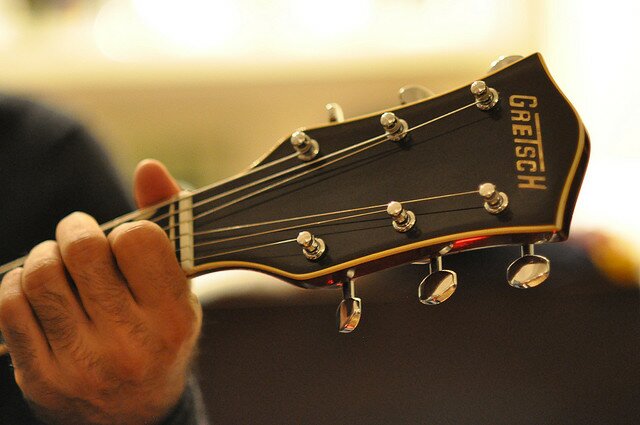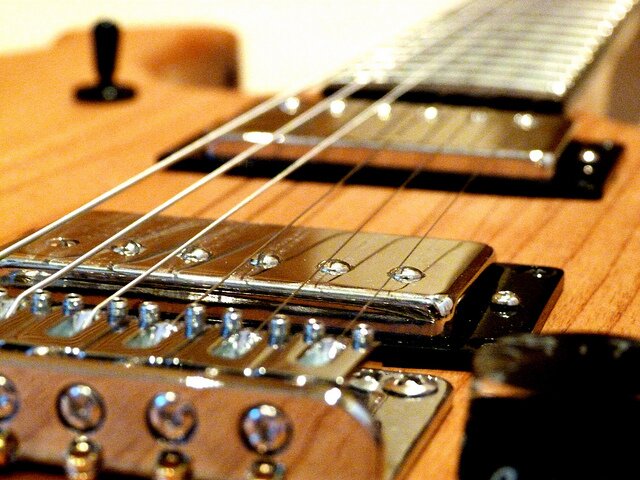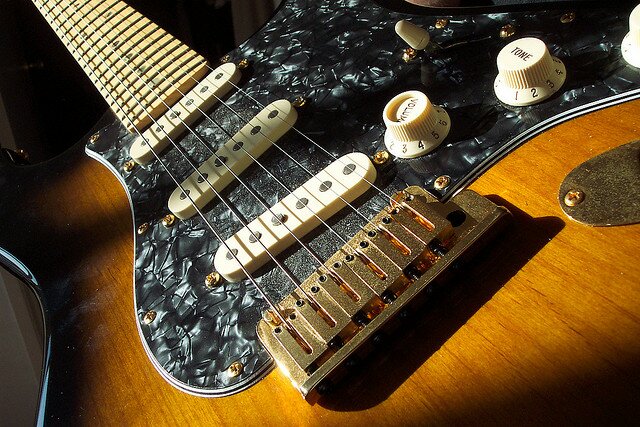How to Tune Your Guitar – An Easy Guide Using Electric Guitar Tuners

Tuning your guitar may at first seem a little confusing, but really all it requires is knowing the note of each open string and of course, a little bit of practice.
Using an Electronic Guitar Tuner…
The easiest way to tune your guitar is by using an electric tuner. As you play each open string the display will light up and show you which string/note you are playing and how far out of tune it is (make sure the display is showing the correct note for the open string you’re playing, if not you may be quite a way out of tune and have to tune up to the appropriate note).
When the open string is perfectly in tune the green light in the centre of the display should be on.

Need to buy a tuner? Some great examples to get you started…
Tuning Your Guitar by Ear…
Your other option is to tune the guitar by ear. This will obviously be slightly harder to get to grips with but will definitely come in handy later on when you may well be in a situation without an electric tuner.
The first step is to tune the open 6th string, ‘E’, to another low ‘E’ elsewhere. This could be found on any instrument ranging from a piano to a tuning fork to another guitar; as long as you are certain the ‘E’ note you are tuning to is in tune!! Once you have found a note to tune to, compare the sound of your 6th string ‘E’ to the ‘E’ you are tuning to. Ask yourself; ‘does my note sound lower or higher than the note I am tuning to?’
If your note sounds lower, it is flat. This means you have to tighten the string, using the correct machine head, until it sounds in tune with your guide note. Make very small and slow movements until you get used to this sound.
If your note sounds higher, it is sharp. Now you do the opposite and loosen the string slowly, using the correct machine head, until it sounds the same as your guide note. It is really important that you do this slowly at first, as if you go too fast you may go right past the correct pitch and end up out of tune on the other side of the note!
Now your 6th string is in tune, you repeat this process tuning the open 5th string to the 6th string and so on until you reach the 1st string. The note you need to play on each ‘in tune’ string is the 5th fret. Follow the pattern on the TAB below. The only exception to this rule is the 3rd string, where you use the 4th fret to tune the 2nd second string.
You have to keep repeating this process as much as you can until you get used to the sound of a sharp note or a flat note and of course, what the note sounds like when it is in tune. At first this might seem really tricky, but give it the practice and your ear will soon begin to develop the necessary detail in hearing needed.








